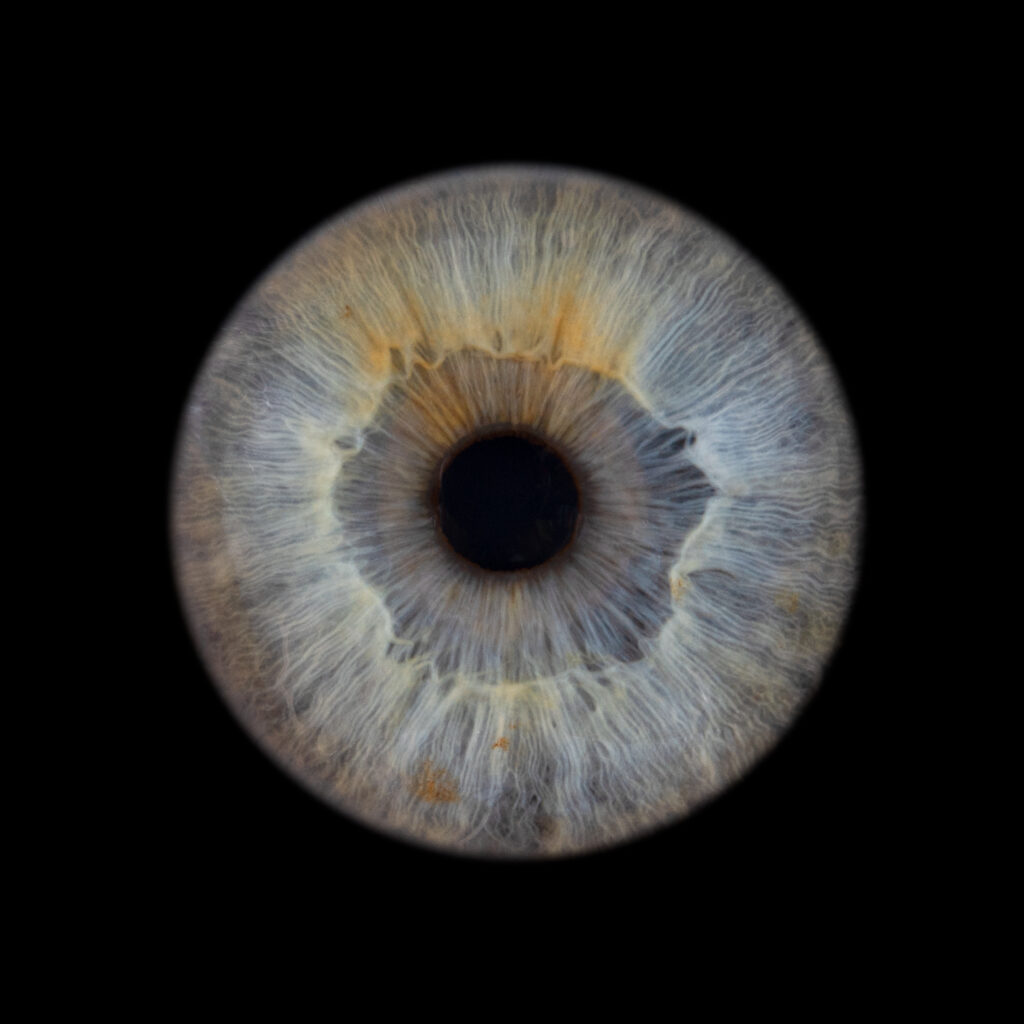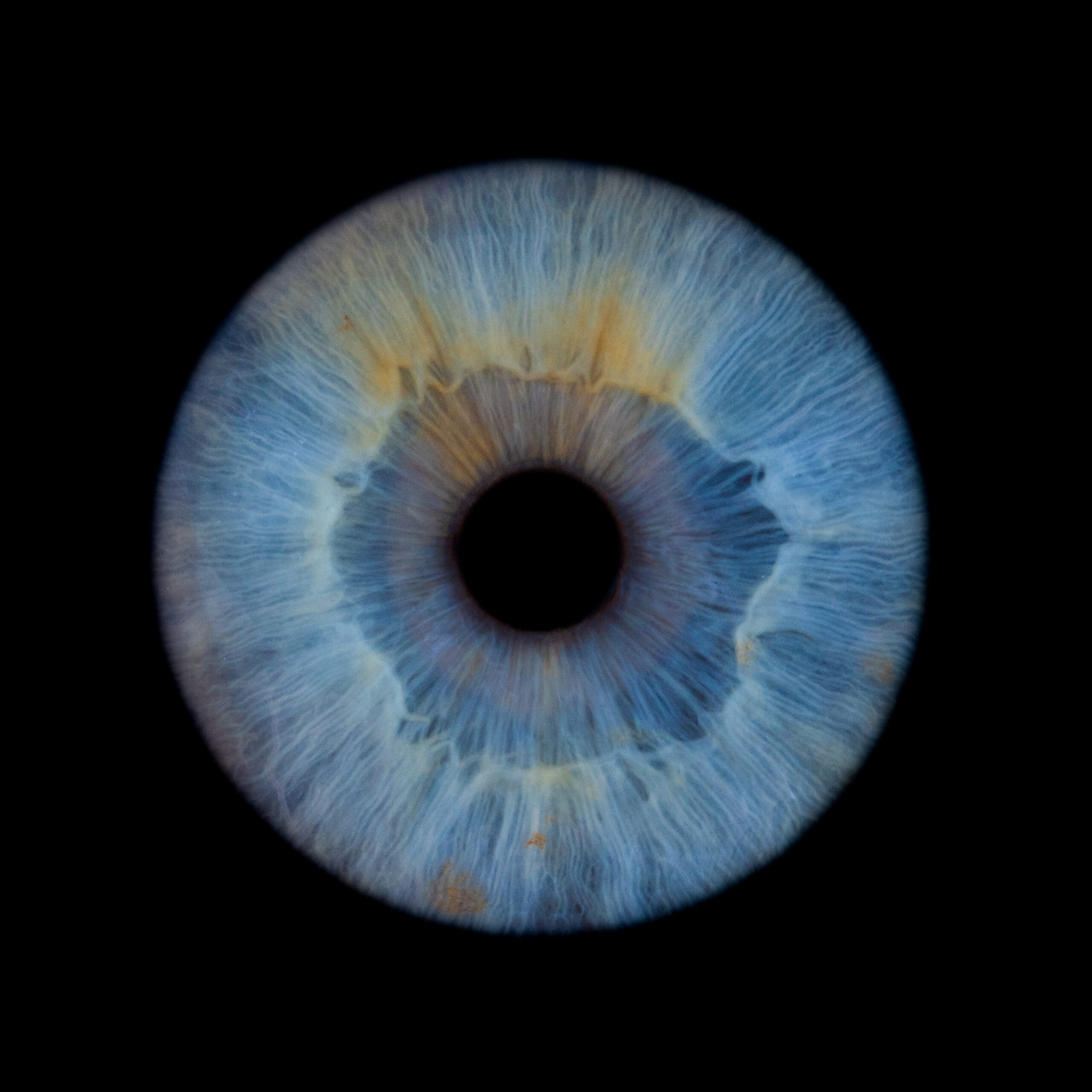What if I told you that you don’t have blue eyes?



The iris of your eye is what makes your eyes so unique and beautiful. When the iris isn’t busy showing off its beauty, it’s flexing its muscles to control how much light travels through the pupil. The iris has two layers. The back layer is dark epithelium, and it’s the front layer, known as the stroma, where the real magic happens.
We can thank melanin for adding brown pigment, and giving brown-eyed people their rich and warm gaze. Brown eyes result from a relatively high concentration of melanin in the stroma of the iris, which causes light of both shorter and longer wavelengths to be absorbed.
Unlike brown eyes, blue eyes have low concentrations of melanin in the stroma of the iris, which lies in front of the dark epithelium. Longer wavelengths of light tend to be absorbed by the dark underlying epithelium, while shorter wavelengths are reflected. When the shorter blue wavelengths bounce around, they scatter…kind of like how the sky looks blue on a sunny day!
Now, here’s where the magic happens! Blue eyes have just a sprinkle of melanin in the front layer of the iris, which lets the dark layer behind absorb the longer light wavelengths. When the shorter blue wavelengths bounce around, they scatter. This clever scattering creates what’s called “Tyndall blue,” which can change depending on the light. So, every time you look into blue eyes, you’re seeing a little bit of nature’s light show!
And then we have green and hazel eyes…they’ve got a dash of light brown pigment that dances with blue light, creating those stunning green or speckled looks.
When we take a high resolution image of your iris, we use a bright pop of light. It has to be bright, as we are asking the camera to use a tiny opening in the diaphragm of the lens…much like a small pupil. It’s a long story…but the basic reason is that by using a tiny opening, it gives us the best focus for such a tiny iris, and the most depth of field with a magnifying lens. This pop of light is exactly right to get the most detail from your iris. What you’ll notice is that blue eyes don’t look blue with this type of light. You’ll see more grey tones. Once you see this detailed view of your iris, you can choose whether you’d like to see a more natural version of your iris with grey tones, or the blue tone that you are used to seeing in the mirror. Your iris is a true work of art!
Very cool, Ginny! I can see why it’s so enthralling. Beautiful and ethereal stuff:)
Find an excuse to come through Vernon. I’d love to see your eyes up close!